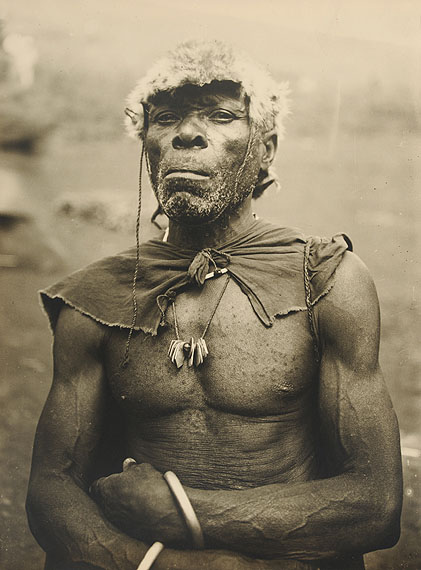
Camera Exotica
Selection from the FoMu collection
Exhibition: 15 Feb – 9 Jun 2013
FoMu Photo Museum Antwerp
Waalsekaai 47
2000 Antwerp
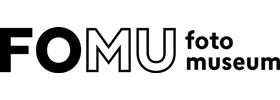
FOMU Fotomuseum Antwerp
Waalsekaai 47
2000 Antwerp
+32(0)3-2429300
Tue-Sun 10-18
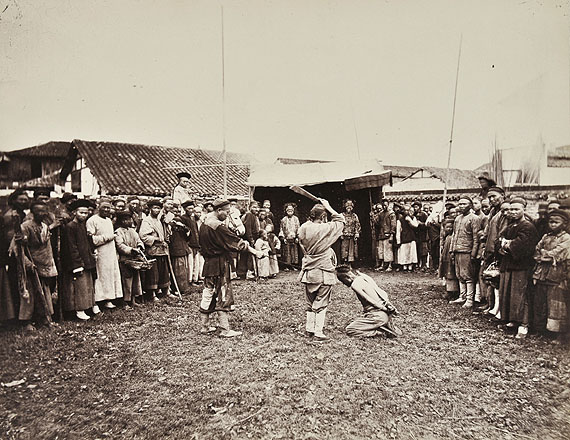
© De kunstenaar / FotoMuseum Provincie Antwerpen
CAMERA EXOTICA
A Western European image of the world in photos [1850-1960]
Selection from the FoMu Collection
Exhibition: 15.02.13 – 09.06.13
Curators: Brecht Bostyn & Guy Voet
Photography played an important role in the western European perception of the exotic worlds, because it opened up a dialogue about what is 'foreign' and fuelled people's imagination in the process. The FoMu shows a selection of photographs from its own collection going back to the very beginning of photography up until the 1960s.
All through history, man has been fascinated by the exotic, the unknown and ‘the other’. Different causes and motives move people to leave their trusted environment and discover unknown worlds, and they are always accompanied by ambivalent emotions. From its very beginnings in 1839, photography has played an important role in the development of a European image of the exotic. Photos did not only contribute to the opening up of these exotic worlds and their depiction, but at the same time, they are a manifestation of the ambiguous western self-image. Photos tell us often more about their photographers and the image the West had of ‘the other’, than about the worlds they show in themselves. The FoMu keeps a large collection of photographic images and documentation from the period between 1850 and 1960. Supplemented with various items borrowed from other museums and private collections, this exhibition sets out a few strong markers surrounding this captivating theme.
BETWEEN SCIENCE AND THE MIND’S EYE
From positivistic sciences, such as anthropology, developed a need to explain and master the world. As an allegedly neutral medium, photography seemed quickly to be extremely suitable as a means to accomplish this. People, artefacts, animals and plants were measured, dissected, photographed and put into private and public collections. However, the photos show a superficial image of ‘the other’, where the boundaries between science and imagination gradually fade. Photographers registered, staged and sculpted their objects to meet the interests and preferences of their target audiences or patrons. Consequently, white westerners could lose themselves in stereotypical and idealised images of unknown worlds.
EXOTIC MAN EXHIBITED
Non-western people were a curiosity in the western world of the 19th century. They were exhibited in freak shows and at funfairs as mass entertainment. Even zoos made good use out of their presence for conducting scientific research or to attract visitors. The western superiority complex, imperialism and belief in progress came to the fore on a grand scale from 1851 at the colonial and world exhibitions. Under the guise of science, the participating countries played out their colonies to illustrate the contrast between ‘primitive’ and ‘civilised’. Between 1885 and 1958, Belgium hosted eleven world exhibitions which were copiously documented by professional photographers and also by amateurs from the 1880s onwards. The FoMu possesses a few albums with original images of pavilions, attractions and innovations at the Antwerp world exhibitions of 1885, 1894 and 1930.
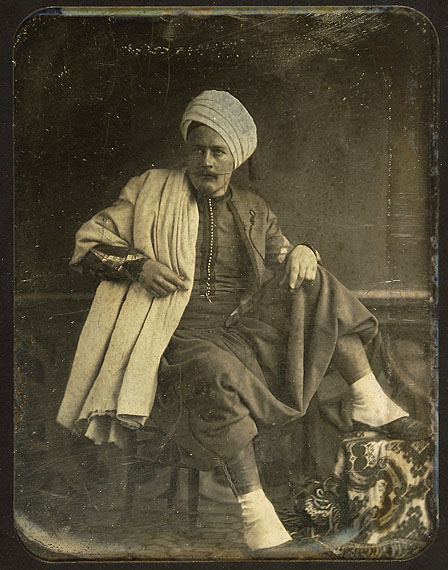
© De kunstenaar / FotoMuseum Provincie Antwerpen
AN EXOTIC SELF-IMAGE
From the 17th century onwards, well-to-do members of western society made so-called Grand Tours through Europe, the Mediterranean and Asia Minor. During the second half of the 19th century, the first western photographers settled for extended periods in cities like Cairo, Tunis, Constantinople and Casablanca. Others created dream worlds in the West. Mainly the mysterious Orient had a great power of attraction on Western European photographers. In artistic circles, the cult of the exotic even turned into an extravagant and decadent way of life. Photographic portraits show western people in oriental dress or with exotic attributes. Other images can be layered and refer to societal discussions and woes. Negative as well as positive appraisals can be demonstrated in this.
DREAM FACTORIES
From 1930, exotic motifs reached the masses through publicity, fashion, music, literature, theatre and film. Mystical and exotic elements tied in with the urge of the younger generation to escape the horrors of the Great War and the years of economic depression that followed it. Photography and film showed themselves as the ideal instruments to create seductive dream worlds and associations with luxury and exclusivity.
THE HUMANIST APPROACH
From the 1880s, it became possible to print photos in magazines and newspapers. News periodicals, an industry that really took off in the period between the two world wars, did not only wish to inform and amuse their readers, but also make them conscious of things and influence their opinions. Magazines mainly published photographic reports of the mundane as well as dramatic occurrences in the world. The photos are the signature images of a new humanist vision in photography. They indicate their photographers’ personal involvement and empathy with their objects and a number of them have become icons of universally human characteristics such as war, love, hatred and religion.
To coincide with the exhibition a book is published. It is for sale in the Museumshop for 16 euros.
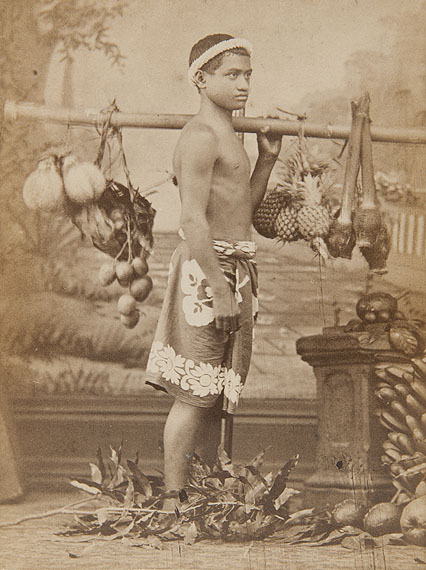
© De kunstenaar / FotoMuseum Provincie Antwerpen
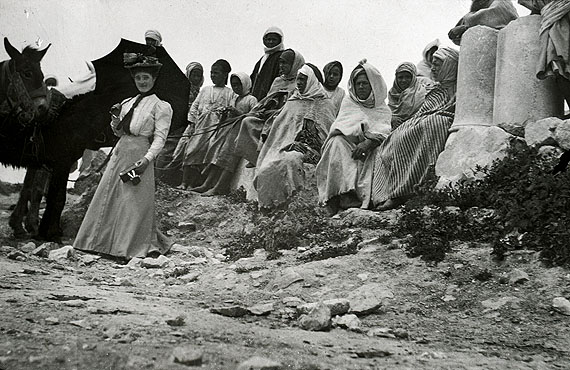
© De kunstenaar / FotoMuseum Provincie Antwerpen